In the search for greener fashion choices, more UK consumers are turning away from traditional fabrics and embracing something both luxurious and low-impact: bamboo viscose. But what is bamboo viscose, exactly? And how is it transforming the way we think about what we wear?
From breathable basics to ultra-soft bamboo socks UK shoppers can’t get enough of, this material has become a symbol of sustainable style. In this post, we’ll dive into how bamboo viscose is made, explore its environmental credentials, and explain why it’s fast becoming the fabric of the future.
What Is Bamboo Viscose?
Bamboo viscose (also known as bamboo rayon) is a fabric made from the regenerated cellulose of bamboo plants. Unlike petroleum-based synthetics, it’s derived from one of the planet’s fastest-growing, most renewable resources — bamboo.
If you’re wondering what is bamboo viscose fabric used for, the answer is almost everything: loungewear, underwear, bedding, and, of course, socks made from bamboo. It combines softness, breathability, and sustainability — a rare trio in the fashion industry.
How Is Bamboo Viscose Made?
Many people ask: how is bamboo viscose made, and is it truly eco-friendly? The process involves turning raw bamboo stalks into wearable fibres using a series of chemical and mechanical steps. When done responsibly, especially using closed-loop systems, it can be far less harmful to the planet than cotton or polyester.
1. Extraction
Bamboo is harvested — no replanting needed, as it regenerates naturally. The stalks are crushed to extract the cellulose fibres.
2. Alkali Swelling
The cellulose is soaked in a sodium hydroxide solution (also known as caustic soda), which prepares it for further transformation.
3. Ripening
This treated pulp is left to “ripen,” making it more malleable for the next stage.
4. Xanthation
Carbon disulphide is added, converting the pulp into a viscous solution — giving viscose its name.
5. Dissolution
The thickened liquid is dissolved in a diluted alkali solution, ready to be spun into thread.
6. Spinning
The liquid is pushed through fine spinnerets into an acid bath, where it solidifies into long, silky fibres.
7. Cutting and Drying
Finally, the fibres are washed, cut, and dried — ready to be spun into fabric.
Environmental Note: At Swole Panda, all our bamboo viscose is made using closed-loop systems that capture and reuse 99% of the water and solvents used, ensuring minimal waste and no harmful discharge into the environment.
Bamboo Viscose Uses
This versatile material is now found in all corners of the sustainable fashion world. You’ll spot bamboo viscose in:
-
Eco-friendly loungewear
-
Sustainable shirts and dresses
-
Low-impact activewear and yoga clothing
-
Ultra-soft bamboo socks mens and women’s collections
-
Breathable underwear and boxer shorts
-
Conscious home textiles like towels and bedding
At Swole Panda, we specialise in socks made from bamboo because we believe even the smallest wardrobe item can have a big impact — especially when it’s made with the planet in mind.
Bamboo Fabrics vs Bamboo Blends
Not all bamboo clothing is made equal. Here’s the difference:
-
100% Bamboo Viscose: Delivers maximum softness and breathability but can be delicate.
-
Bamboo Blends: Mixed with organic cotton or recycled fibres for added stretch and structure.
Our socks at Swole Panda are crafted from blended bamboo viscose to provide the perfect mix of durability, comfort, and eco-conscious design. They’re ideal for daily wear and designed to last — reducing the need for frequent replacements and cutting down on textile waste.
The Benefits of Bamboo Viscose
There are many compelling benefits of bamboo viscose, especially from an environmental and ethical perspective:
- Rapidly Renewable: Bamboo grows up to a metre a day without pesticides or fertilisers.
- Low Water Use: Requires 10x less water than cotton to grow.
- Breathable & Thermo-Regulating: Keeps you cool in summer and warm in winter.
- Antibacterial & Odour-Resistant: Naturally repels bacteria, reducing the need for frequent washes.
- Hypoallergenic: Ideal for sensitive skin.
- Biodegradable: Breaks down naturally when disposed of properly.
With its ultra-soft feel and low impact on the environment, bamboo viscose ticks nearly every box for conscious consumers.
The Pros and Cons of Bamboo Viscose
Pros
-
Renewable and fast-growing raw material
-
Biodegradable under the right conditions
-
Less water and pesticide use than cotton
-
Gentle on skin and the environment
-
Often made in closed-loop systems (like ours)
Cons
-
Still chemically processed (semi-synthetic)
-
Energy-intensive if not properly managed
-
Some brands use non-sustainable viscose methods
Pro tip: Look for transparency and third-party certifications (like B Corp, OEKO-TEX, or FSC) when shopping for bamboo clothing to ensure you’re supporting ethical and truly sustainable practices.
Environmental Impact of Bamboo Viscose
From a raw material standpoint, bamboo is one of the most environmentally friendly crops on Earth. It regenerates without replanting, restores soil health, and sequesters more carbon than many tree species.
However, it’s the manufacturing process that makes the difference. At Swole Panda, we’ve invested in using closed-loop production — meaning nearly all chemicals and water are captured and reused, rather than being released into waterways.
We also go further:
-
We offset all carbon emissions from production and delivery.
-
We use plastic-free packaging for every order.
-
And we produce durable, long-lasting socks, reducing overconsumption.
Choosing bamboo viscose from the right brand makes a world of difference.
Top Brands Selling Bamboo Viscose Clothing
Looking to build a greener wardrobe? These UK brands are making bamboo mainstream — the sustainable way:
-
Swole Panda – Ethical, performance-led accessories like bamboo socks mens, boxers, belts, and more.
-
BAM – Pioneer in bamboo activewear.
-
Thought – Earth-conscious styles in natural and recycled materials.
-
Boody – Everyday essentials in organic bamboo.
Each of these brands is helping redefine what eco-fashion can look and feel like — soft, sustainable, and stylish.
Final Thoughts
So, what is bamboo viscose? More than just a buzzword, it’s a smart, stylish, and sustainable alternative to fast fashion. From how bamboo viscose is made to the many benefits of bamboo viscose, this fabric is proof that comfort and conscience can go hand in hand.
If you’re looking to make better choices in your wardrobe, start from the ground up — with your socks. Our bamboo socks UK collection is crafted to feel good on your feet and do good for the planet.
Join the Bamboo Revolution. Shop Sustainable Socks Today.




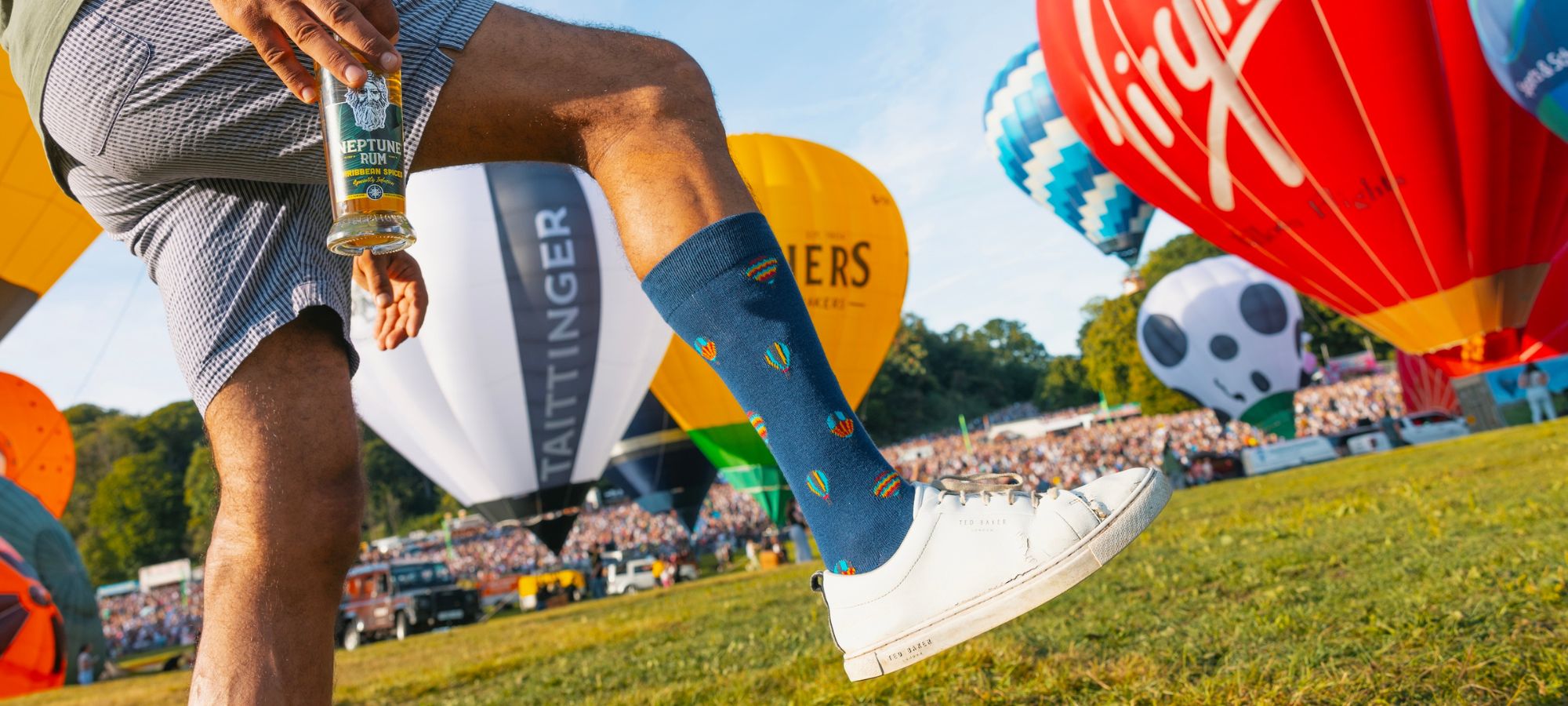
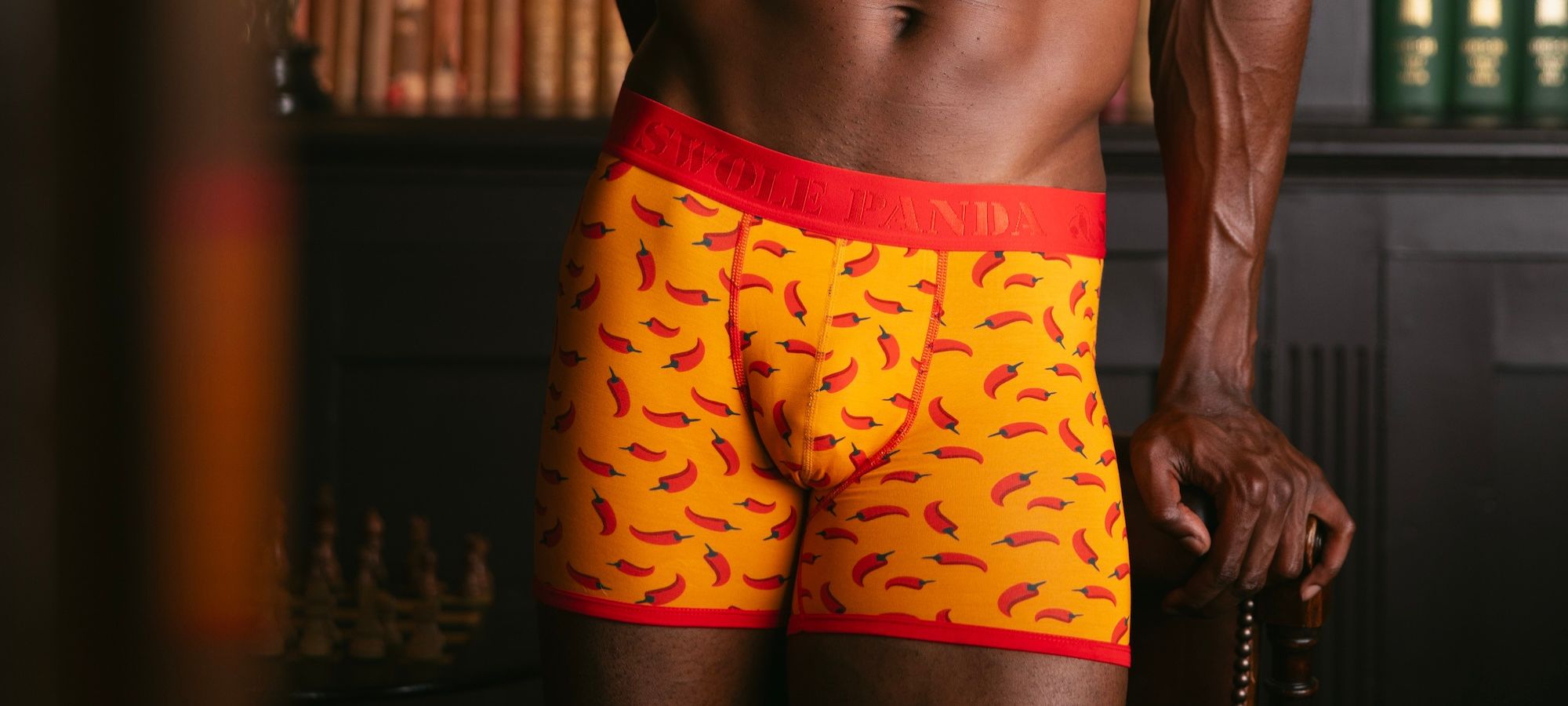
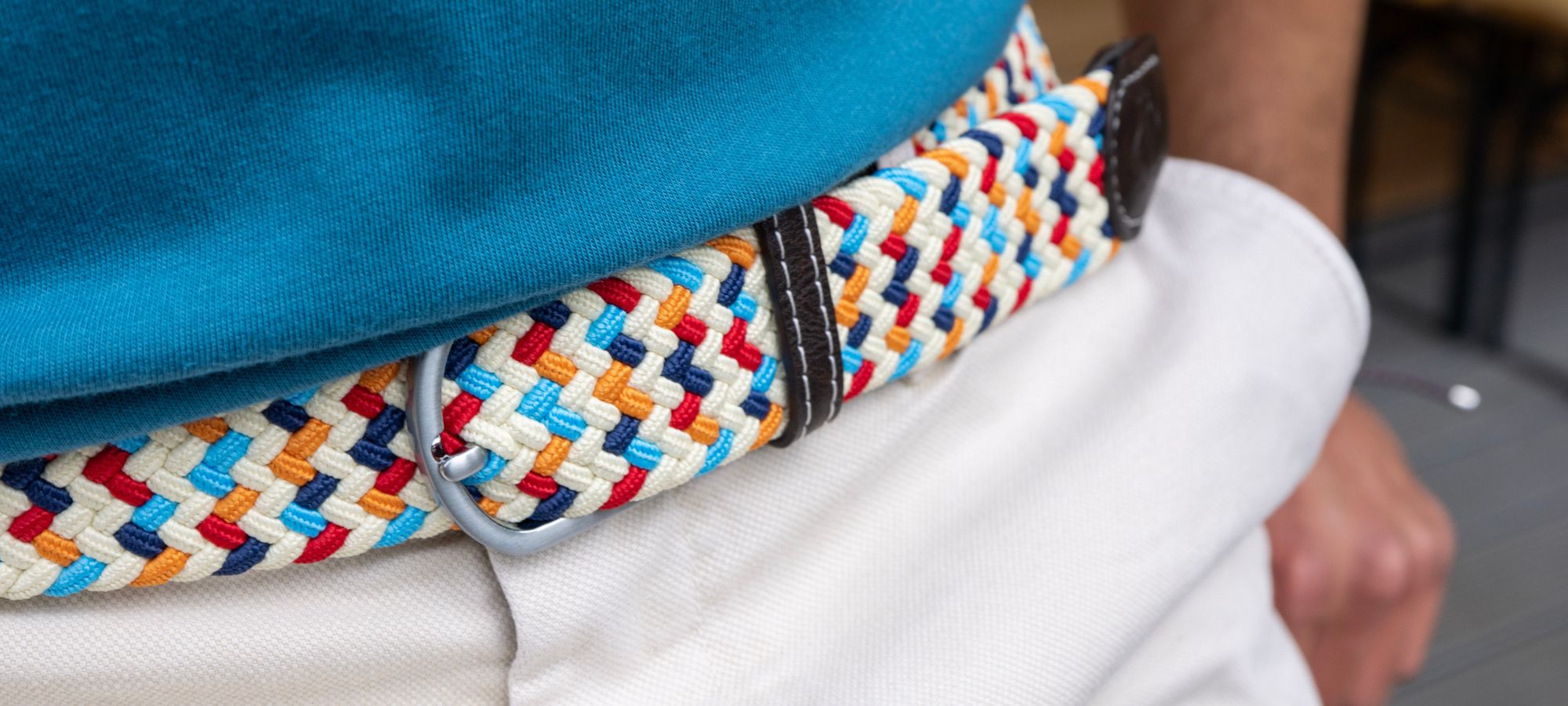
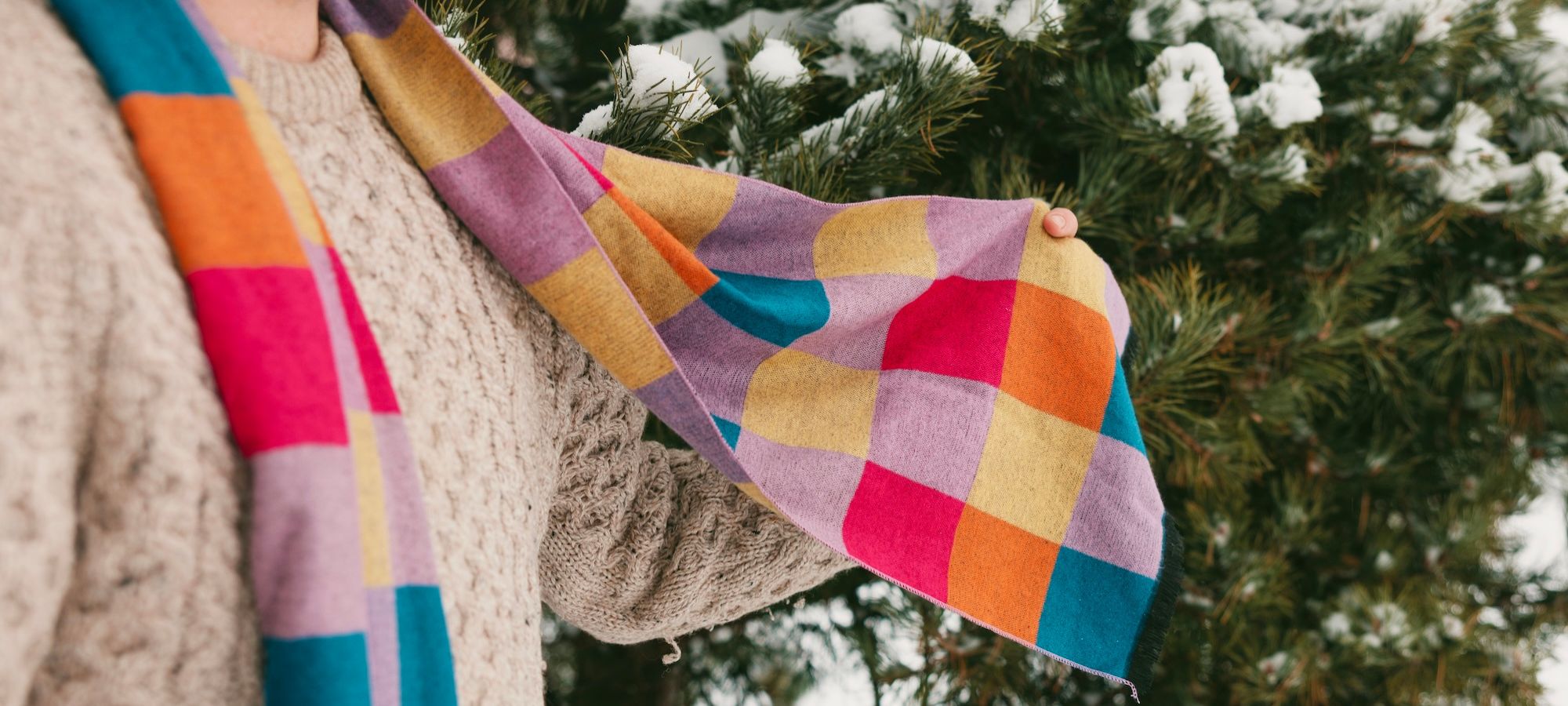
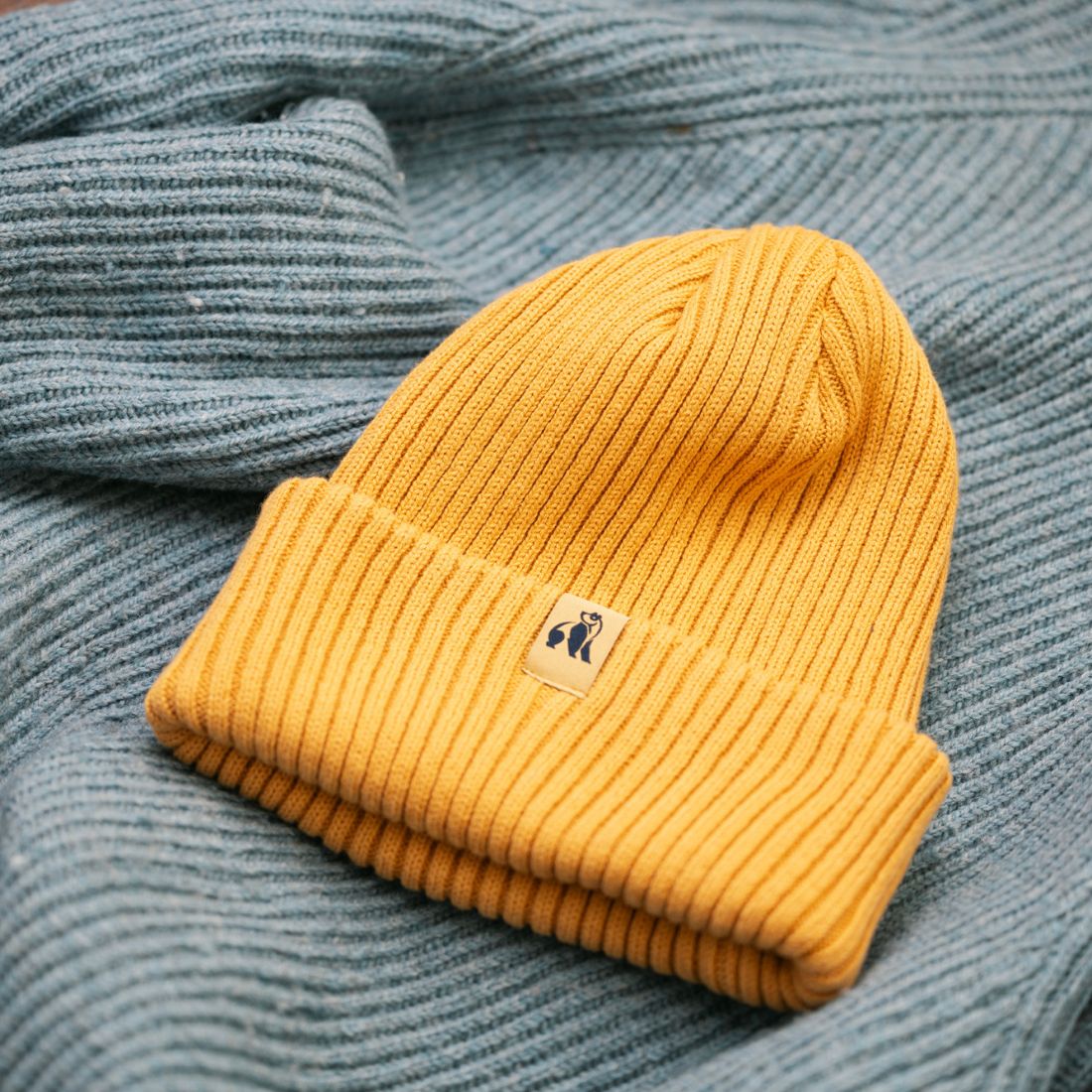
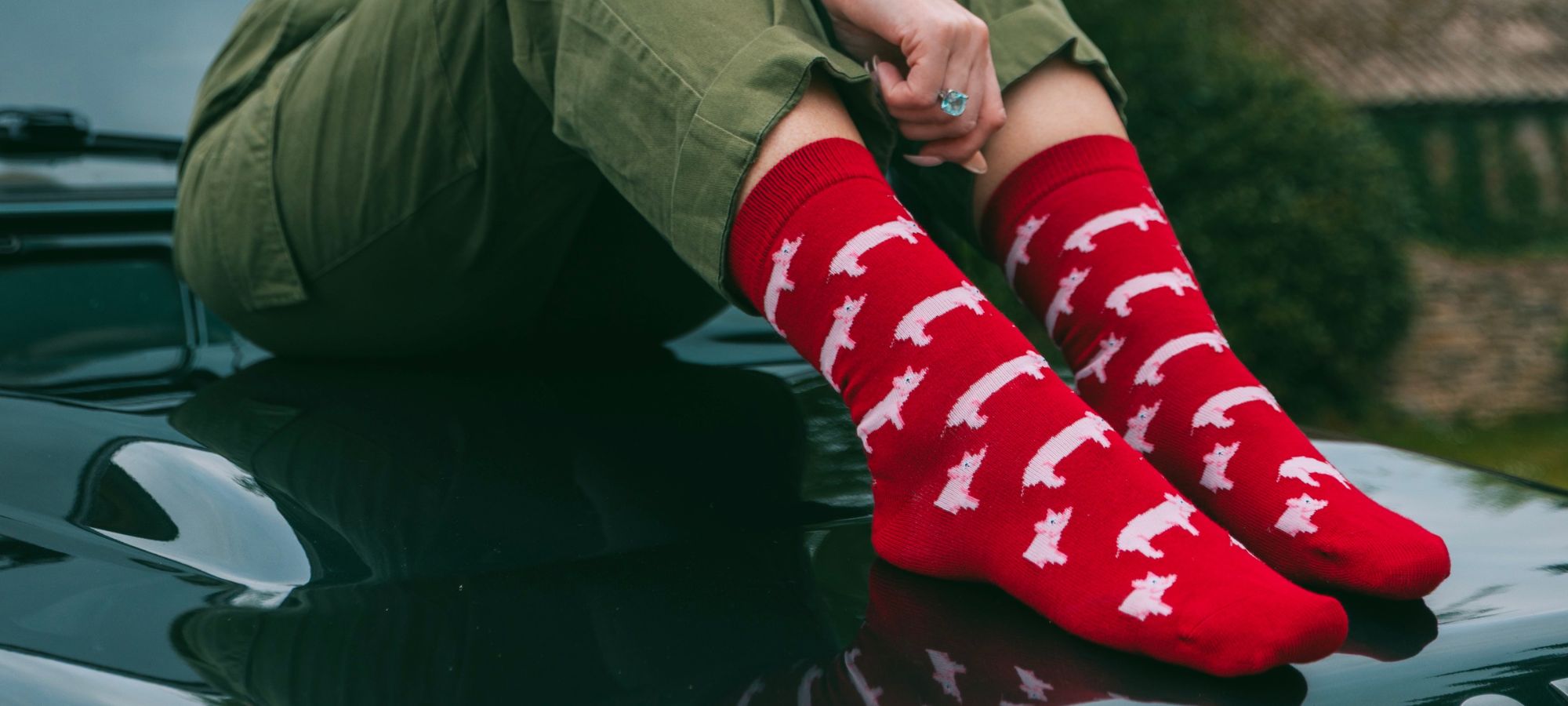
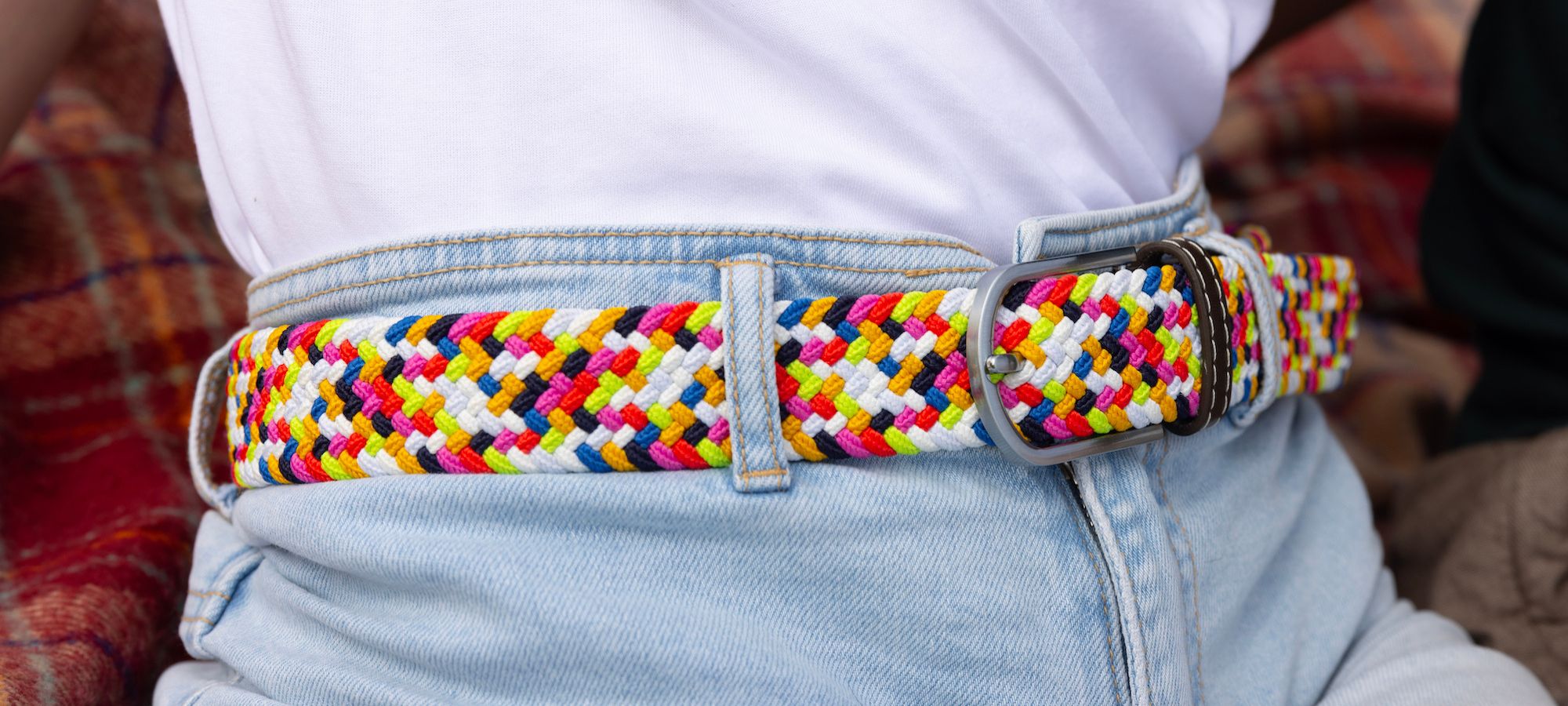
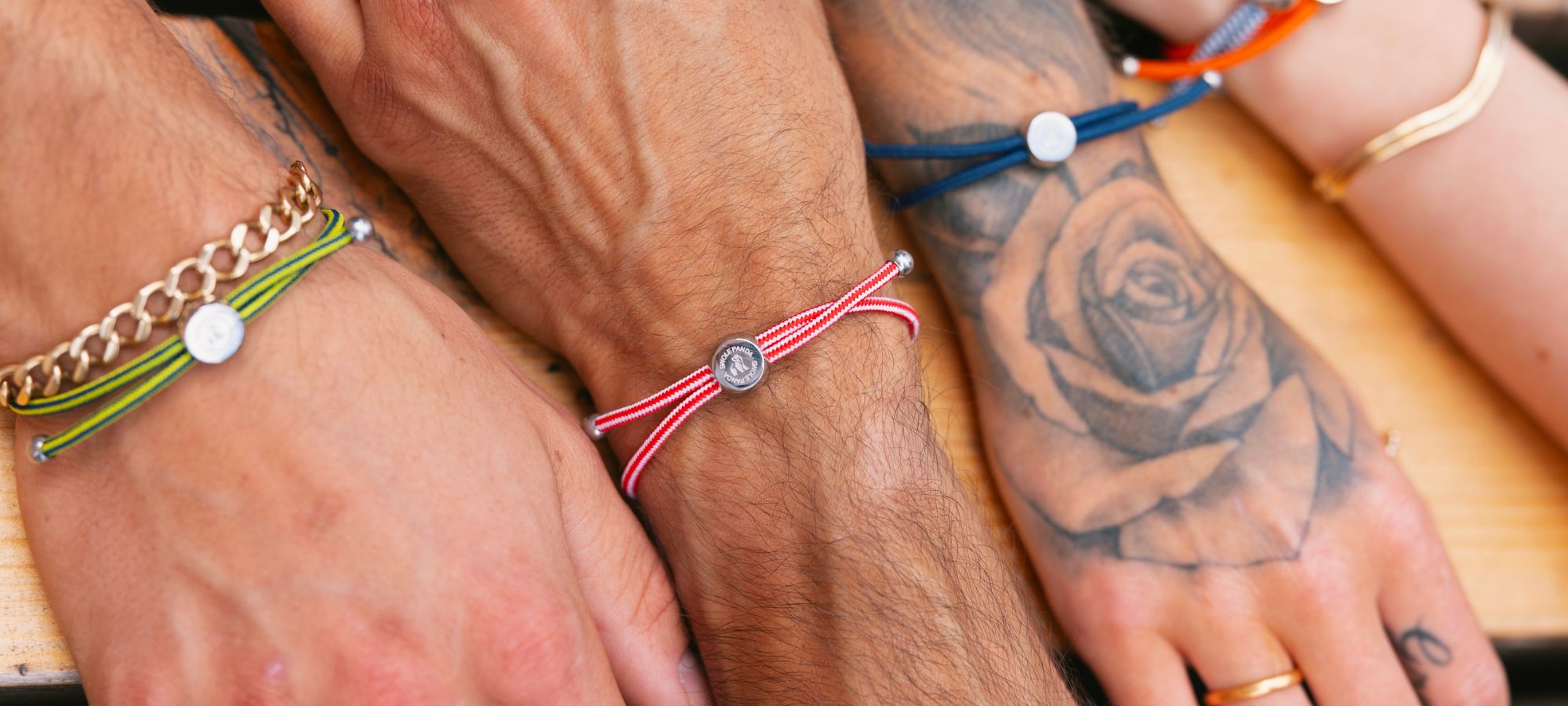
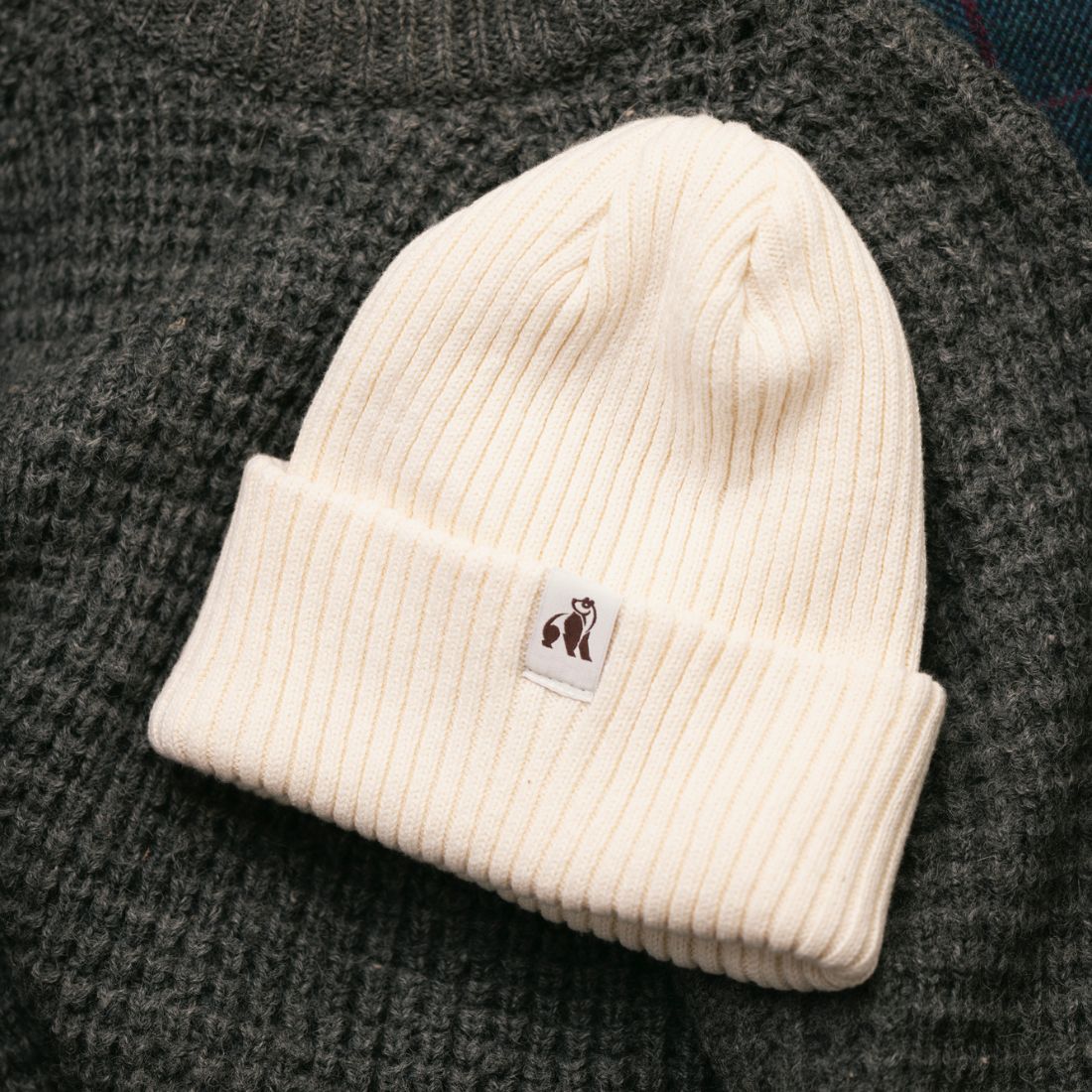

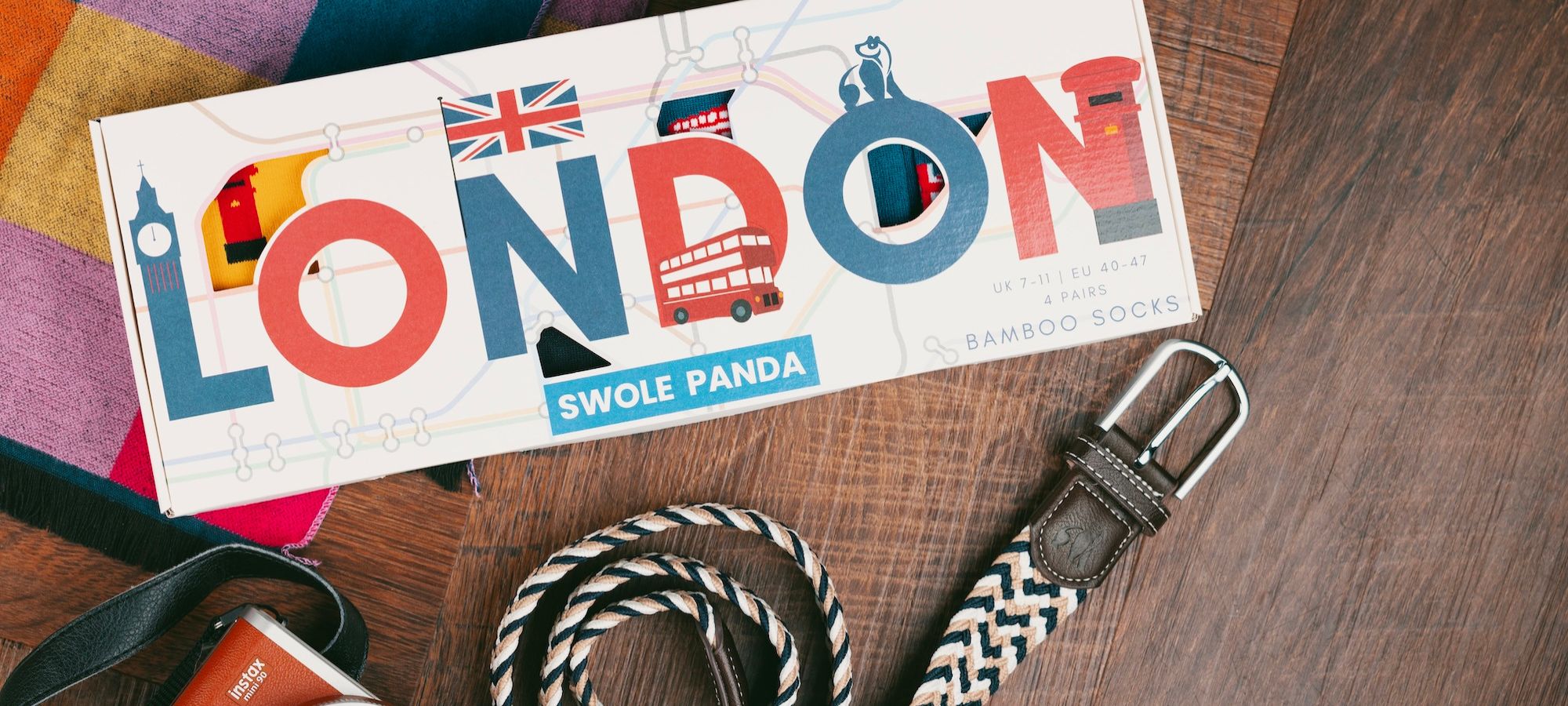
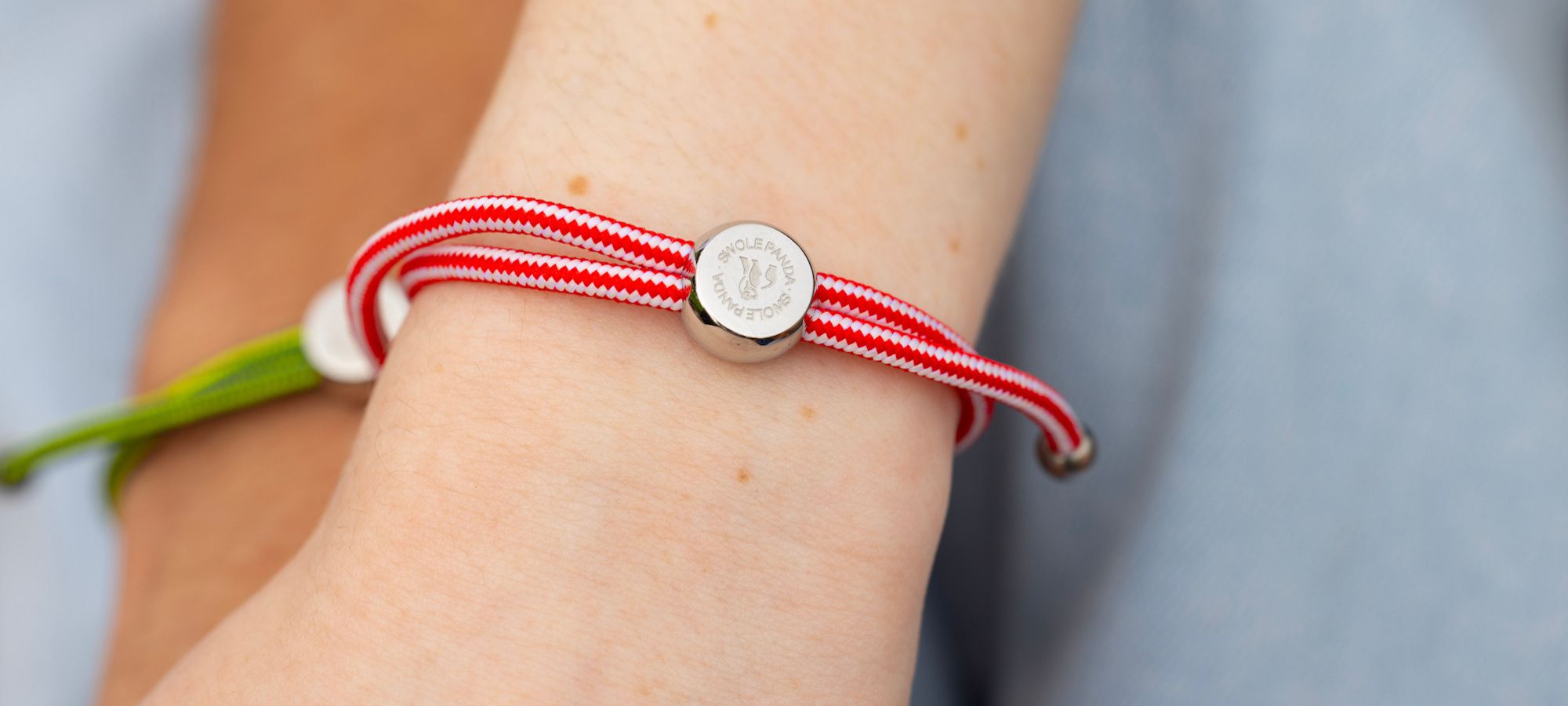
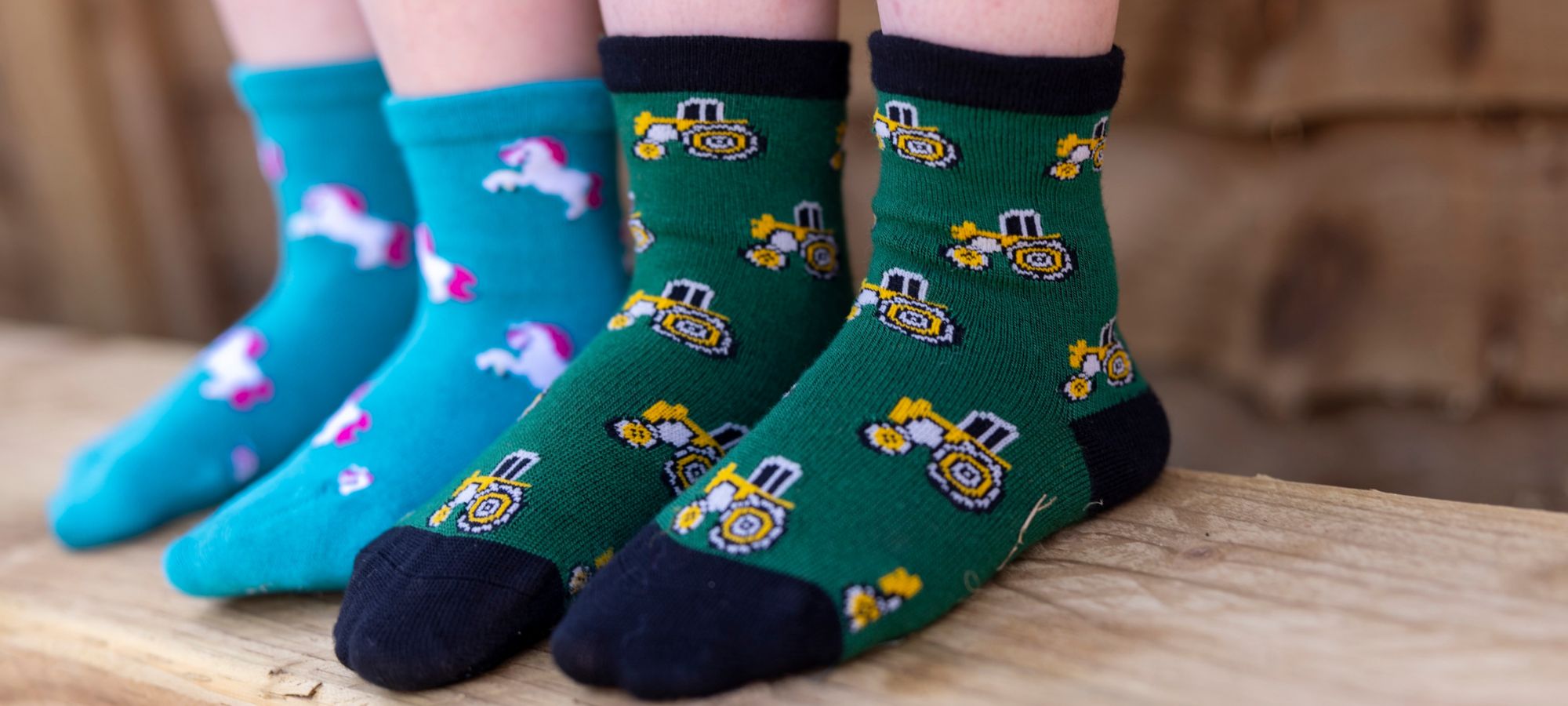
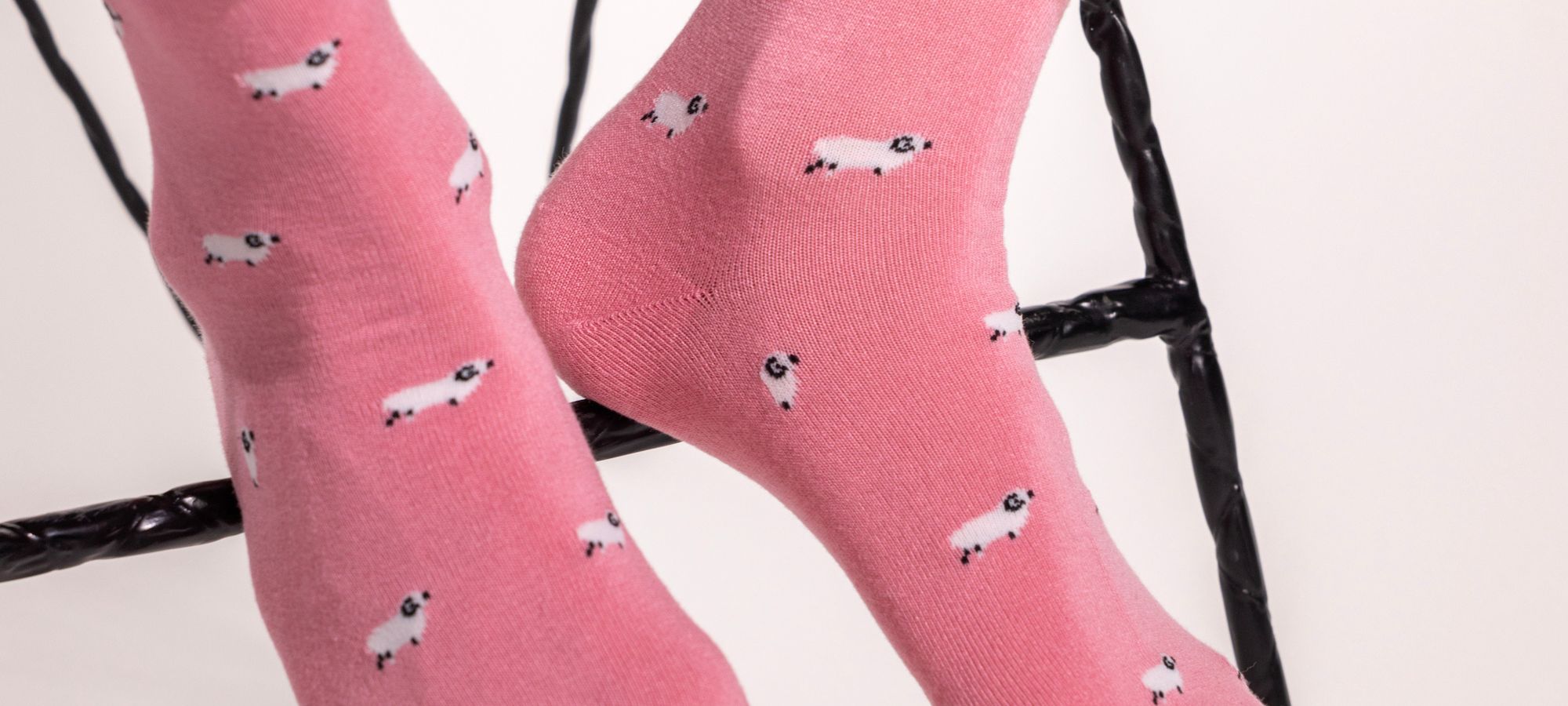

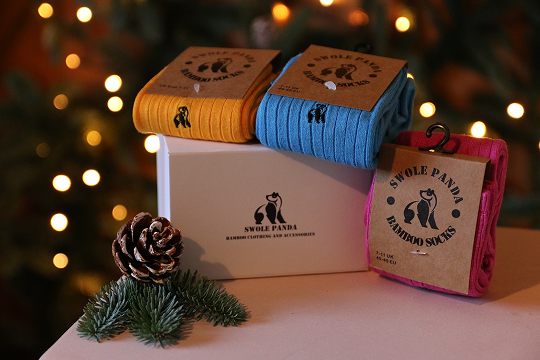





















Leave a comment